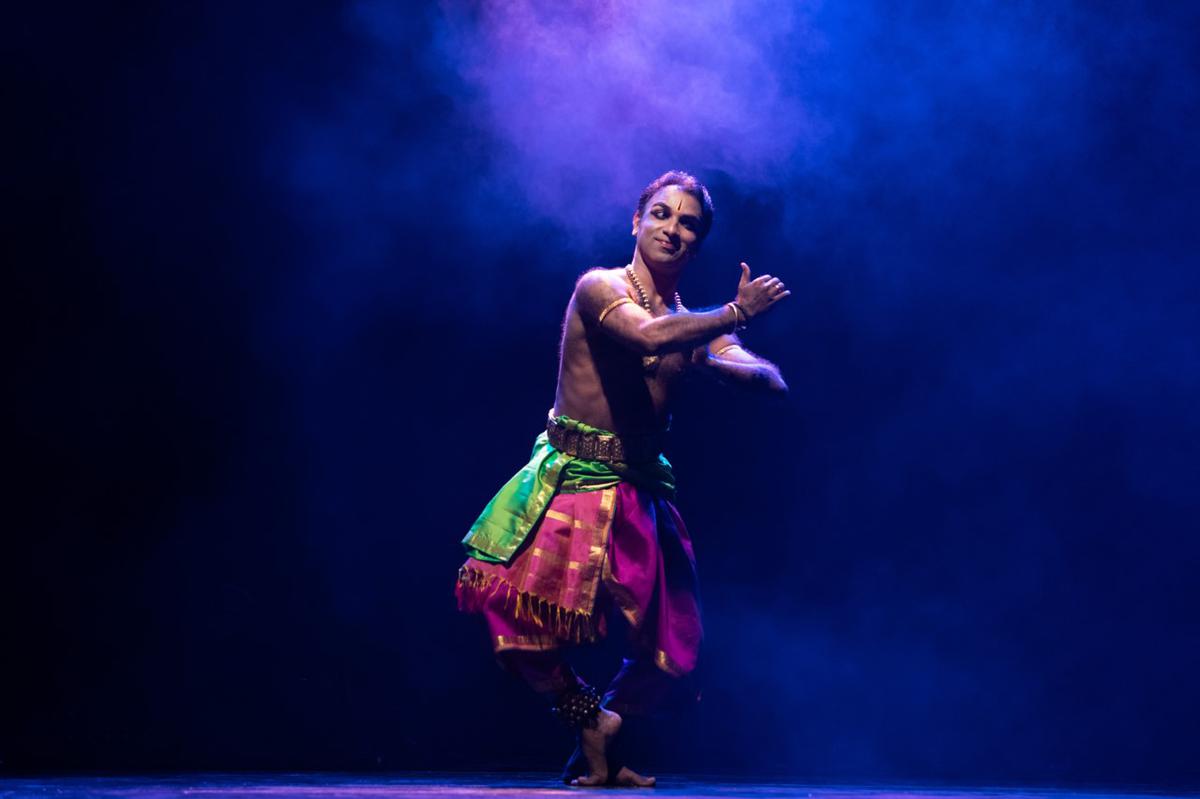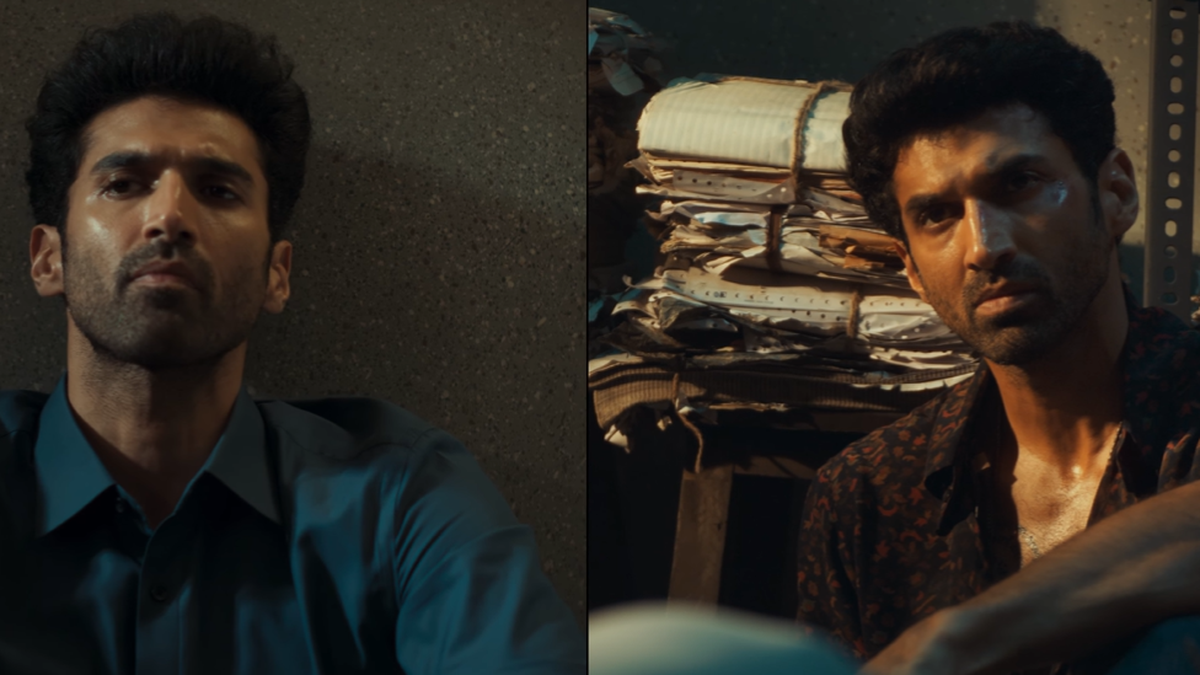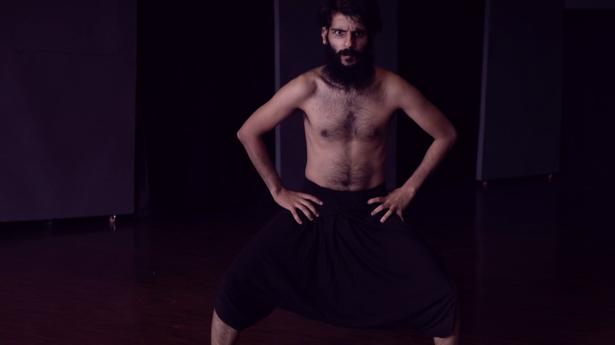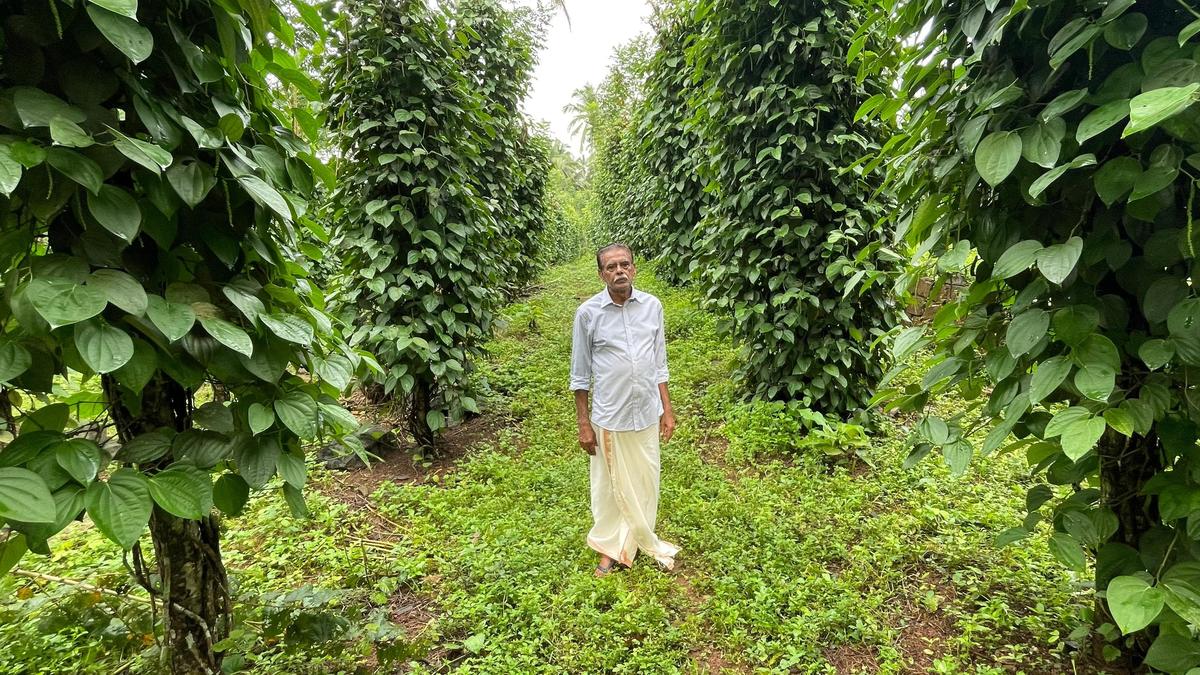Bharatanatyam dancer Hari Padman on how art transcends gender and being a dancer for three decades
Bharatanatyam dancer Hari Padman on how art transcends gender and being a dancer for three decades
Students of dance have to constantly ask themselves who or what they are learning for. “If you are learning for yourself, each performance would be soulful,” says Bharatanatyam artiste and assistant professor at Kalakshetra Foundation, Chennai, Hari Padman .
In Kochi recently for a workshop and performance, Hari says being a dancer for three decades and a teacher for over two decades, he still considers himself a student. Learning is a seamless process, he says.
A member of the Kalakshetra Repertory (the performance wing of the institution), Hari is known for the blend of power and grace he imports to the stage. Having performed in various venues across the country and abroad, Hari says Kalakshetra shaped him as a dancer. He joined the institution as a student in 1993 and was inducted into the team of faculty in 2002. “Performing founder Rukmini Devi’s compositions are relevant even today and performing them helped me develop my identity as a dancer,” he says.
Early training
Dance has been a permanent presence in Hari’s life. Born and brought up in Chathannur, Kollam, he took his first lessons in Bharatanatyam from his parents Padmanabha Pillai and Vasanta. He later continued training under Kalamandalam Kamala Bai and Mayyanad Sasikumar, his uncle and aunt. Competitions and performances were a routine part of growing up, but when he decided to pursue Bharatanatyam seriously, there were few institutes in Kerala that offered scope for male-oriented learning.
“Male classical dancers did not enjoy the same acceptance as female dancers at the time; a young man wanting to pursue dance as a full-time profession was not looked at with respect,” says Hari. “Today, things have changed a great deal. There are more platforms for men to dance and showcase their talent, and there is more respectability, too,” he adds.
But gender has never been a limiting factor for Hari. “Art transcends gender. What I bring to the stage is a reflection of my personality and a sum total of my experiences. That said, men and women dance differently. Their performances differ in intensity and poise.”
The male perspective
Hari was one among the eight male dancers in Ashtanayakan, a dance production that presented the male perspective. Conceived by Nirmala Nagarajan, a faculty member of Kalakshetra, the production featured Hari, who brought to life a piece ‘vazhi paarthidum maaran’, a love-struck youth waiting for his object of affection.
Having trained in Kathakali under the tutelage of Sadanam Balakrishnan, Hari often blends certain elements of the art form into his choreography. “It is done without diluting the essence of either. At the end of the day, a performer has to connect with the audience,” he says.
A dancer uses his/her body as an instrument to convey emotions and a dancer has to remain fit. “Practice is extremely important. And it is the responsibility of the performer to give his best on stage,” he says.
Hari and his wife Divya Hari Padman, also a dancer and teacher at the Kalakshetra school, choreograph pieces that they perform together.








